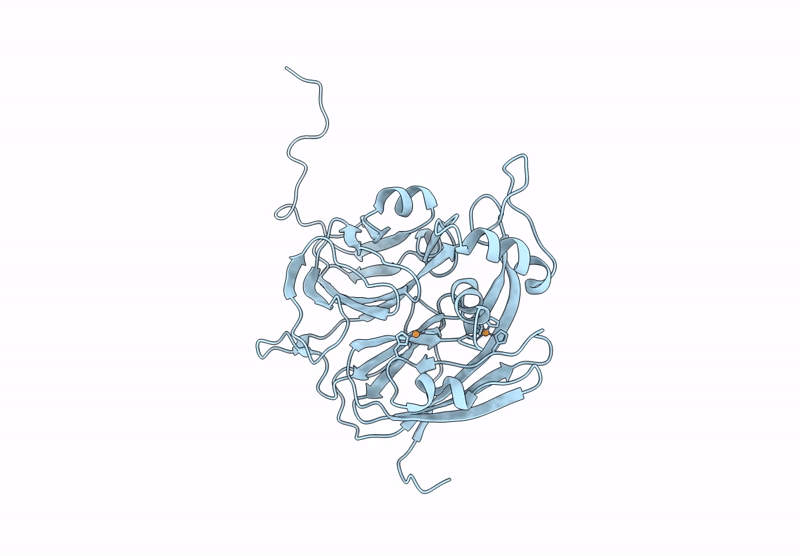
Deposition Date
2024-12-18
Release Date
2025-06-11
Last Version Date
2025-06-11
Entry Detail
PDB ID:
9HS0
Keywords:
Title:
Copper-containing nitrite reductase (NirK) from Bradyrhizobium japonicum USDA110
Biological Source:
Source Organism:
Bradyrhizobium diazoefficiens USDA 110 (Taxon ID: 224911)
Host Organism:
Method Details:
Experimental Method:
Resolution:
1.30 Å
R-Value Free:
0.10
R-Value Work:
0.09
R-Value Observed:
0.09
Space Group:
P 21 3


